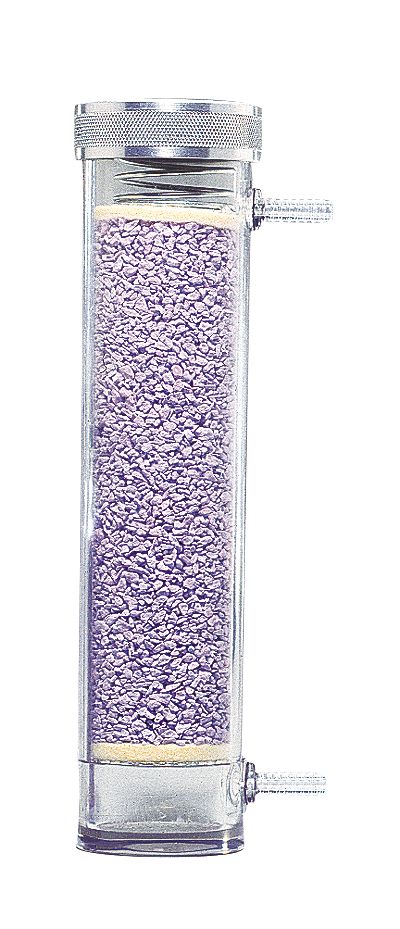Here is another media that can be used to filter and dry out HHO. Rice. I have to thank my wife for that one. She used it to keep salt dry in humid climates. This one seems easy enough to try. Get a pound or two of rice and stuff the outlet hose into the bag. And if it doesn't work you have fixins for dinner!
But, it won't aid combustion like myoldyourgold's mystery acid will.



 Reply With Quote
Reply With Quote




